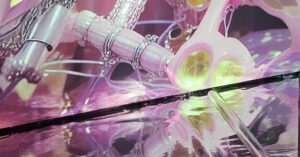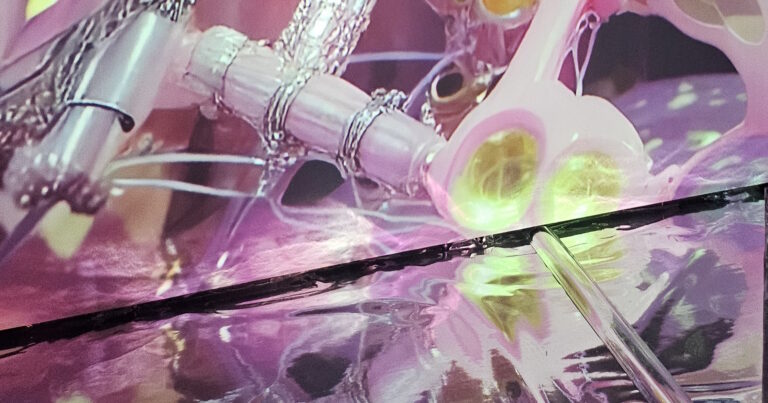Ingredients:
- 1 kg of shrimps (it’s better if they’re from sweet water, but sea shrimps will do as well);
- 300 grams of white flour;
- 90 grams of lard;
- 1 egg;
- pinecone nuts;
- almonds;
- black pepper;
- cloves;
- fresh ginger;
- saffron;
- marjoram;
- salt.
Recipe:
Prepare the dough as we did yesterday for the crust of the fish.
Crush the almonds and pine nuts in the mortar, leaving some aside to garnish the dish. Grind black pepper, cloves and saffron. Finely, chop the ginger root and pound it in the mortar with the other spices. Chop the marjoram.
Clean the prawns and remove their shells, then cook them in boiling water for about 20 seconds. Fry about one-third of the prawns in lard for one minute, while the others have to be finely chop or, even better, pounded in the mortar until you have a sort of cream.
Mix the ground almond and pine nut, the spices, the marjoram and the shrimp cream until you get a homogeneous filling, adding a small amount of water if it seems too dry. It means you probably overcooked the shrimps but it doesn’t matter. The last thing you’ll want to add is the saffron, and mix it all together until its colour is homogenous.
Roll out the dough with a rolling pin and grease a pan with lard. Carefully lay the pastry sheet and fill with the shrimp paste, cutting off the excess crust. Finish the dish with the sautéed prawns, almonds (better if in slices) and whole pine nuts.
Bake the pastry in the oven for about 30 minutes at 180°C. Allow it to cool a little before serving it, unless you want to kill your guests.
Additional references:
The Historical Italian Cooking website features this recipe, though they have something against butter, and they literally tell us not to read but to watch the video or else we won’t understand.
In Reinassance sources, apparently, other ingredients might have been used to prepare the dough: Cristoforo di Messisbugo, cook of the House of Este in Ferrara and active during the 16th century, mentions rosewater, saffron and sugar. Recipes for lean days exclude lard for sure, but they often avoid butter and eggs as well. Other versions call for almond butter instead of regular butter, whatever that is.
Bartolomeo Scappi, one of the most famous cooks in the Reinassance, in his Opera dell’arte del cucinare recommends wholemeal flour especially if you don’t intend to eat it. He also recommends using cold water, to prevent the dough from rising, especially if you’re working in summer: in winter, he cherishes the integrity of your hands and recommends water at room temperature.







No Comments